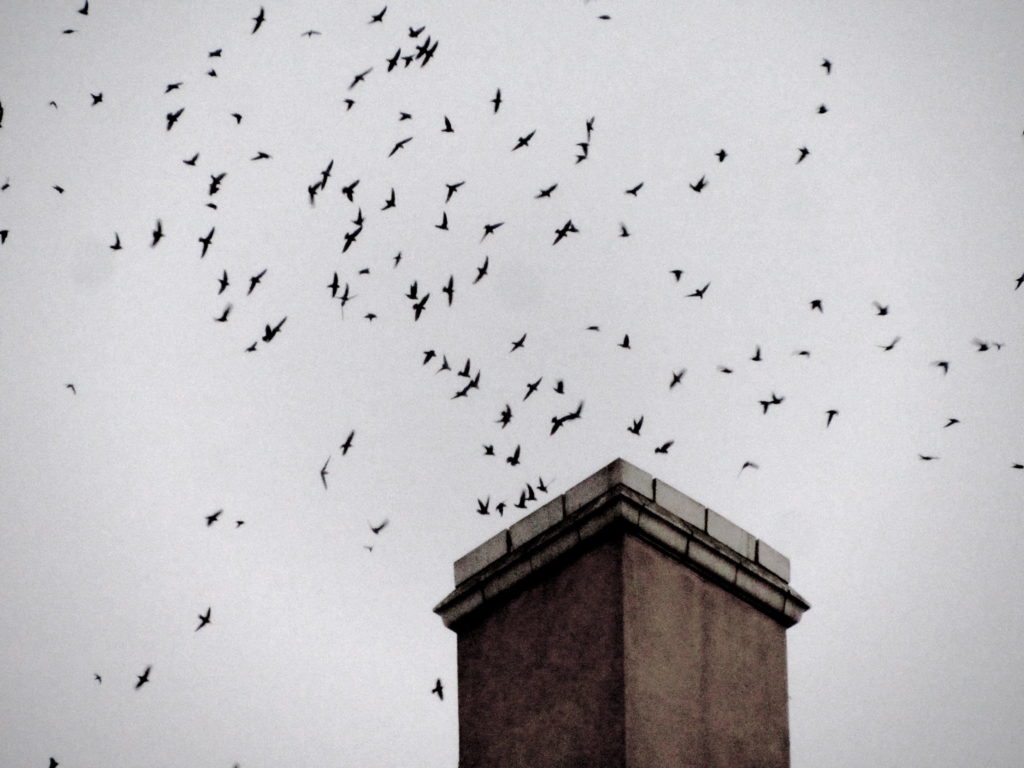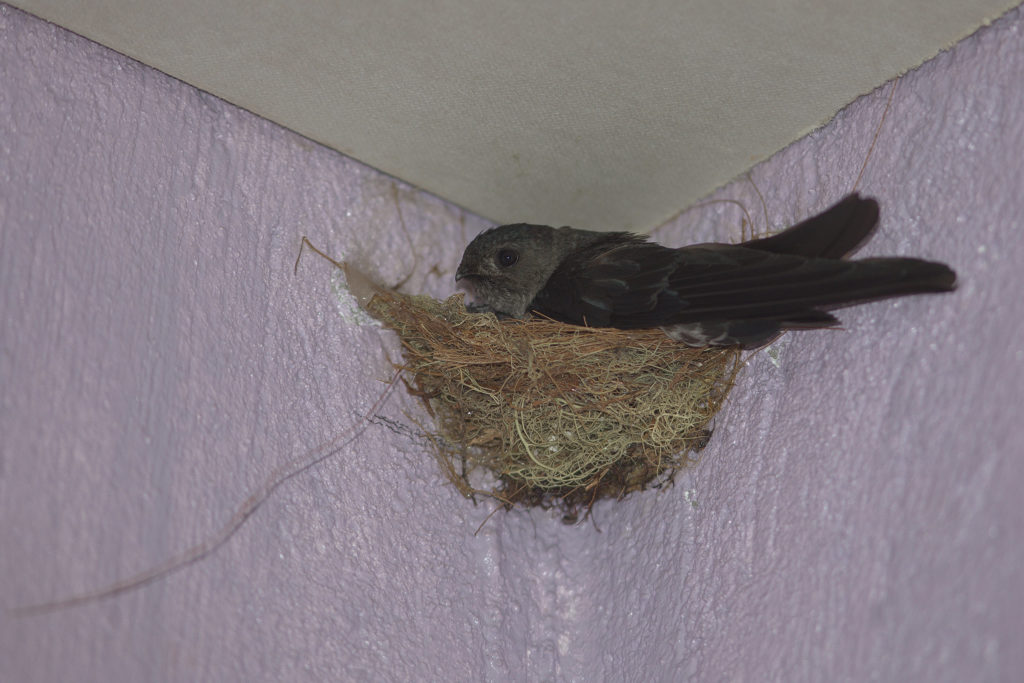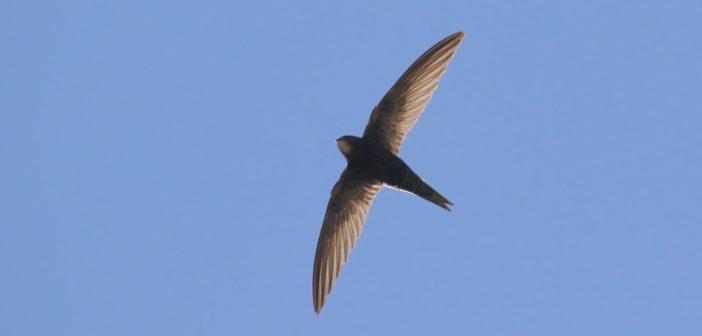On Friday, June 7, 2019 the first ever World Swift Day will be held. Organised by the association Swifts Without Frontiers, the day will see swift lovers from the four corners of the world pool forces to draw attention to these fascinating but endangered birds.
Who are swifts?
Swifts are often confused with hirundines (the class of birds that includes the swallow and the house martin) but in reality their closest relation is the hummingbird! There are 96 species of swifts worldwide. They all have an aerodynamic shape with long, sickle-shaped wings, and they are among the fastest of all birds with incredible flying abilities. Their behavior is fascinating; they do almost everything on the wing, even sleeping and mating, and can fly without stopping for long periods of time and over great distances.
In one year the common swift travels the equivalent of seven round the world trips at the level of the Equator, and during their life they fly about 3.8 million kilometers (nearly 2.4 million miles), which is equal to 97 times around the world!

These Vaux’s swifts are resting in a chimney in Los Angeles on their annual migration south. Image credit waltarrrrr, CC BY-SA 3.0.
Some swifts are migratory, such as the common swift (present in Europe, Africa and some parts of Asia) and the chimney swift (present in North and South America). Others are sedentary, such as the African palm swift, or the Schouteden swift, which is found in the Congo.
Swifts’ exuberant birdsong is a joyful symbol of summer for many. Swifts also regulate populations of airborne insects, their only food source. Swifts are currently threatened not only by declines in the number of insects due to climate change and deforestation, but also by modern construction and building renovation practices. This is because insulation eliminates the cracks and cavities on the tops of buildings in which swifts often nest. Other species such as sparrows and bats also depend on these cavities.

A young swift on a nest built under the eaves of a house. Swifts often nest in or on buildings. Image credit Klaus Stiefel, CC BY-SA 3.0.
In Sub-Saharan Africa, swifts are also threatened by hunting, while in Latin America the threat comes from disruptions around waterfalls, which shelter local species of swifts. Because swifts never touch the ground and fly at high speeds into their nests, threats to their survival often pass unnoticed. We hope that World Swift Day will encourage greater understanding of these incredible birds and hence help with their protection.
Why World Swift Day?
Some species of swifts are quite well known in the Northern Hemisphere, like the common swift in Europe and the chimney swift in North America. People and organizations working to protect them have difficulty in finding enough support, and swifts often go almost unnoticed in the areas in the Southern Hemisphere where they spend the winter. Most species are totally unknown.
By organizing World Swift Day, Swifts Without Frontiers wants to draw the attention of the media, the authorities, builders and the public at large to the challenges faced by swifts. The aim of this collective action is also to boost the morale of those seeking to protect swifts in the four corners of the world, especially where they are totally isolated.
This initiative, which was inspired by World Sparrow Day, has the support of many experts and well-known personalities, including Dr. Jane Goodall. As we go to press, more than one hundred partners have registered 104 different events in 28 countries spread across four continents.

A moustached treeswift, seen on the Solomon Islands. Image credit Tony Morris, CC BY-SA 3.0.
About World Swift Day
World Swift Day gives everyone the chance to collaborate and celebrate these amazing yet little understood birds. We are inviting friends of the 96 species of swifts found worldwide to participate in talks, walks, themed parties and other activities that contribute to a better understanding, appreciation and protection of these fabulous birds.
Help tell the world about World Swift Day! Let the local media know about swifts, why you love them and why and how we need to protect them. Tell your friends, wildlife associations, neighbors and colleagues too. Share this page on social media and use the hashtag #WorldSwiftDay to join other swift fans around the world.
Organize an event, whether a press conference, a walk, a talk, showing a film, having a party, an exhibition, a workshop, singing a swift song, holding a contest, an arts and crafts activity…there are no limits on creativity. Every means is helpful to attract attention to our common cause! Join us and register your event here.
For more information, and to learn more about how you can get involved, visit WorldSwiftDay.org.
Featured image: a common swift, seen in Pakistan. Image credit Imran Shah, CC BY-SA 3.0.





